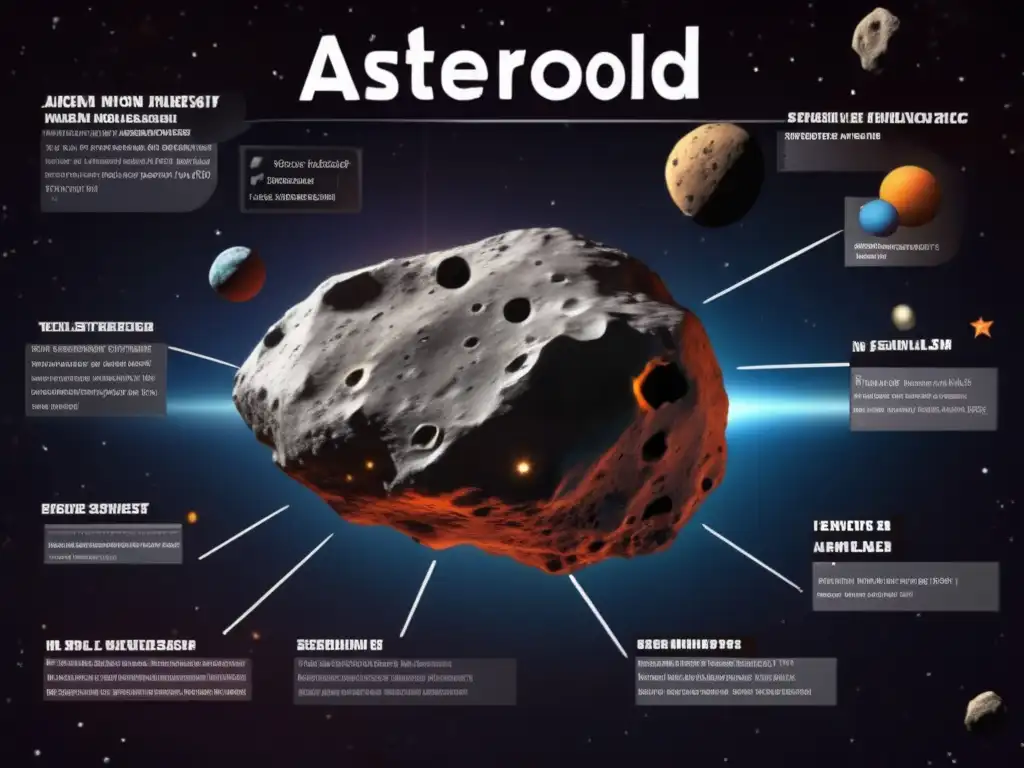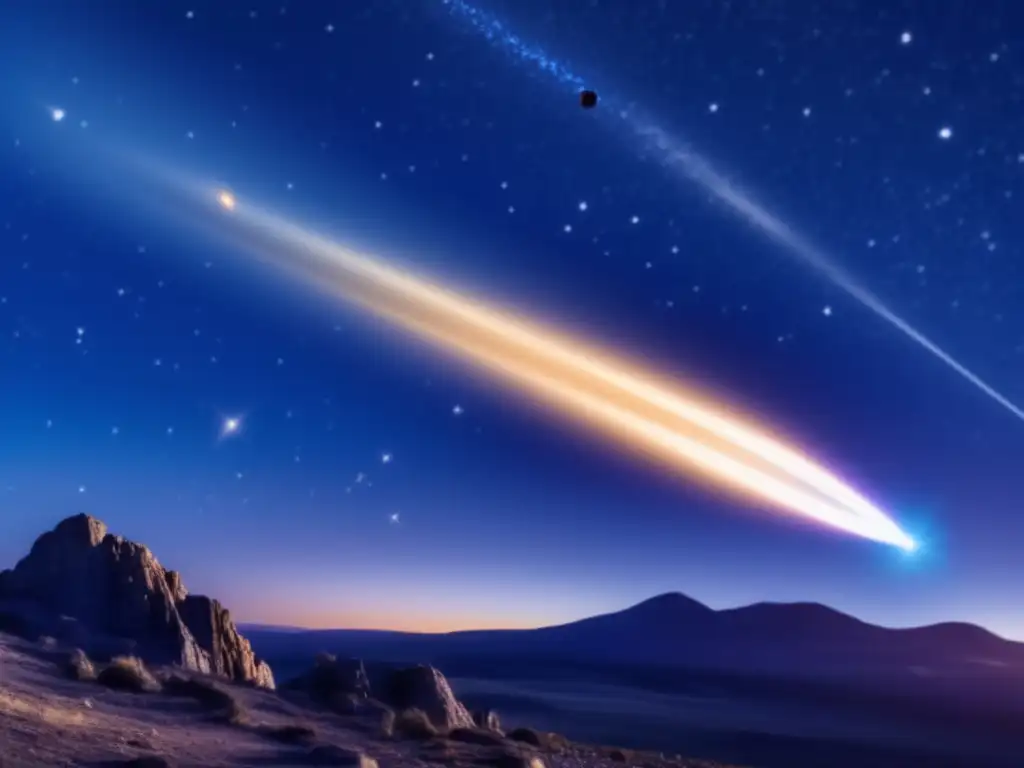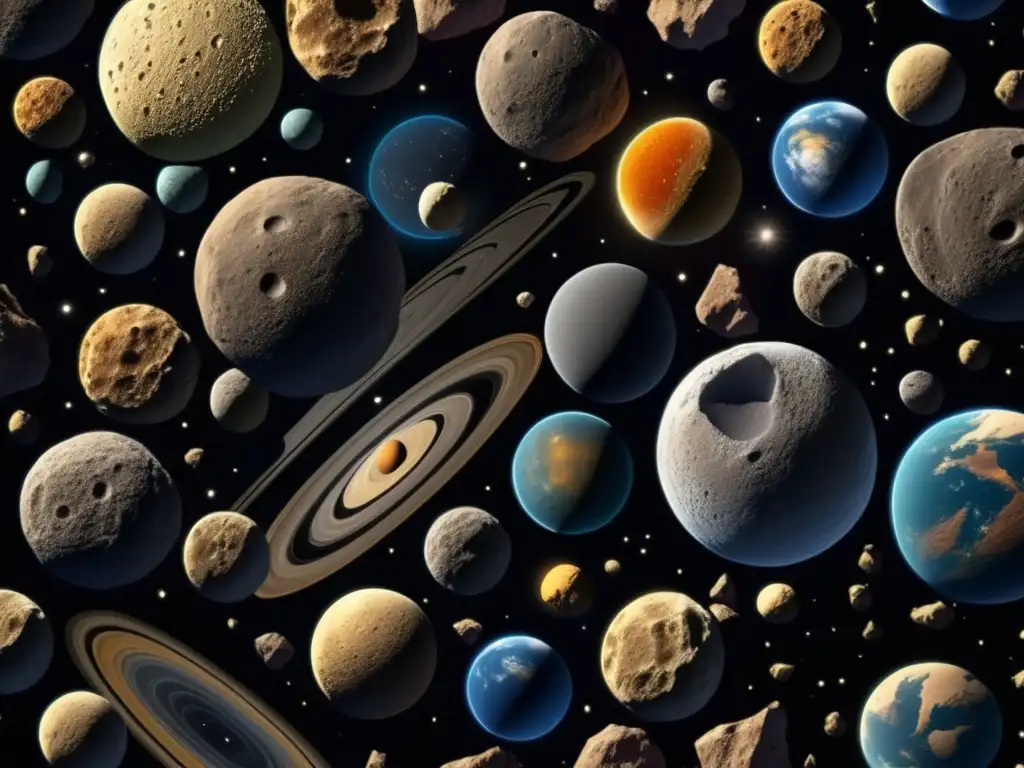From Meteoroids To Meteorites: The Life Cycle Of An Asteroid

Introduction
Asteroids are an essential part of our solar system and have been a fascination for astronomers for many years. With their peculiar shapes and sizes, they have contributed significantly to our understanding of the universe's creation and evolution. Asteroids have also had a significant impact on Earth's history, with their collisions shaping the planet's geological features over billions of years.
One of the most intriguing aspects of asteroids is their life cycle. This article will explore the journey that a typical asteroid undergoes in its life cycle, from its formation as a meteoroid to its eventual landing on Earth as a meteorite.
The Formation of an Asteroid

The Solar Nebula
Asteroids, like everything else in our solar system, formed from a giant cloud of gas and dust known as the solar nebula. Within this nebula, small particles collided and stuck together, eventually forming larger and larger objects, including asteroids. These objects are made up of various materials, primarily rock, iron, and nickel.
The Asteroid Belt
Most asteroids reside in the asteroid belt between Mars and Jupiter. As the early solar system evolved, gravitational interactions between planets scattered some asteroids out of the belt, while others collided and were destroyed, leaving behind fragments that we now know as meteoroids.
Meteoroids
Meteoroids are small objects in space that range in size from a grain of sand to several meters across. They are created when asteroids collide or break apart. Millions of meteoroids enter Earth's atmosphere every day, but most burn up before they reach the surface, creating shooting stars or meteors.
The Journey to Earth

Interplanetary Space
Most meteoroids that make it to Earth originate from the asteroid belt. Once they have been ejected from their parent asteroid, they begin a journey through interplanetary space, where they are subjected to the sun's radiation and the gravitational pull of nearby planets.
Meteoroids as Meteorites
If a meteoroid manages to survive its journey through the atmosphere and impact on Earth's surface, it is known as a meteorite. This process is rare, with less than 5% of all meteoroids surviving the trip and making it to the surface. Meteorites can land anywhere on Earth, but most fall in sparsely populated areas or into oceans.
Impact Craters
When a meteorite lands on Earth, it can create an impact crater, depending on its size and velocity. These craters can range in size from a few meters to hundreds of kilometers across and can be found all over the planet. The age of a crater can also help scientists determine the age of the surrounding rock formations, providing valuable information about Earth's geological history.
The Study of Asteroids

Remote Sensing
Scientists study asteroids using both ground-based telescopes and spacecraft missions. Telescopes can provide valuable information about an asteroid's size, shape, and composition, while spacecraft can provide detailed images and even samples of material from the asteroid's surface.
Impact Mitigation
The study of asteroids isn't just limited to scientific curiosity; it has practical applications as well. Scientists are currently studying ways to mitigate the impact of potentially hazardous asteroids on Earth. Methods being explored include deflecting the asteroid's trajectory or breaking it up into smaller, less dangerous pieces.
Exploration
Finally, the study of asteroids has helped humans explore space and expand our knowledge of the universe. Asteroids could serve as potential targets for future mining operations or even provide a stepping stone for human exploration of Mars and beyond.
Frequently Asked Questions

-
What is an asteroid?
Asteroids are small, rocky objects that orbit the sun.
-
What is a meteoroid?
A meteoroid is a small object in space that ranges in size from a grain of sand to several meters across.
-
What is a meteorite?
A meteorite is a meteoroid that has landed on Earth's surface.
-
How do scientists study asteroids?
Scientists study asteroids using ground-based telescopes and spacecraft missions.
-
Why is the study of asteroids important?
The study of asteroids can provide valuable insights into the formation and evolution of the solar system and has practical applications, such as impact mitigation and space exploration.
Conclusion
Asteroids are fascinating objects that have shaped the evolution of our solar system and have had a significant impact on the history of our planet. From their creation in the solar nebula to their eventual impact on Earth as meteorites, asteroids have a complex life cycle that continues to be explored by scientists.
The study of asteroids has not only expanded our knowledge of the universe, but it also has practical applications for our future. By continuing to explore and understand these fascinating objects, we can better prepare for potential threats and take advantage of their potential for space exploration and mining.
Additional Resources

For more information about asteroids, check out the following resources:
- NASA's Asteroid and Comet Watch
- Asteroid Day
- Planetary Science Institute: Meteorites and the Early Solar System
 Peering Into The Past: Asteroid Impacts In Ancient History
Peering Into The Past: Asteroid Impacts In Ancient History End Of The World: How Asteroids Can Cause Extinctions
End Of The World: How Asteroids Can Cause Extinctions The Sudbury Basin: Clues To A Massive Impact Event
The Sudbury Basin: Clues To A Massive Impact EventIf you want to discover more articles similar to From Meteoroids To Meteorites: The Life Cycle Of An Asteroid, you can visit the Asteroid Impacts category.
Leave a Reply

Articulos relacionados: